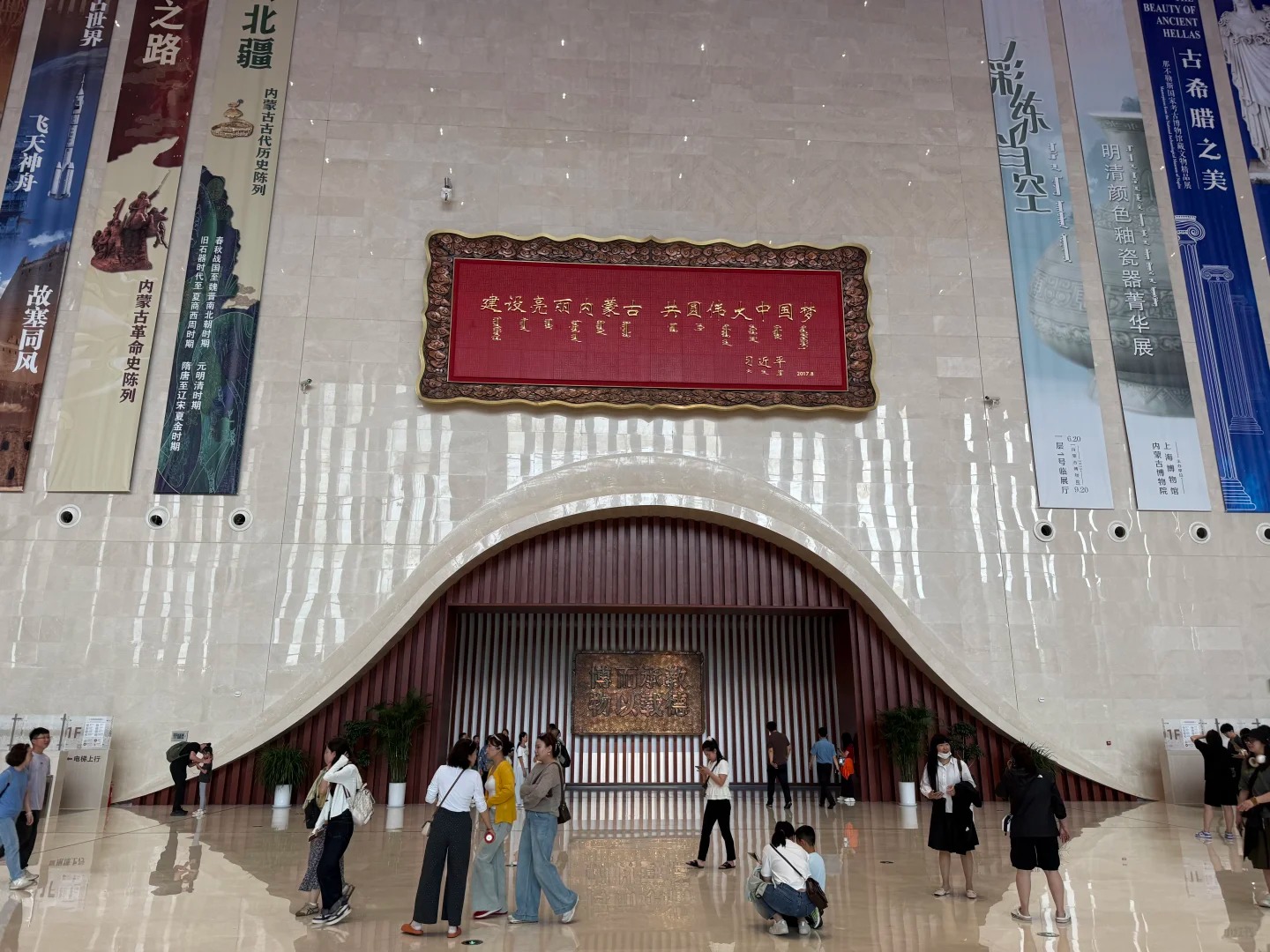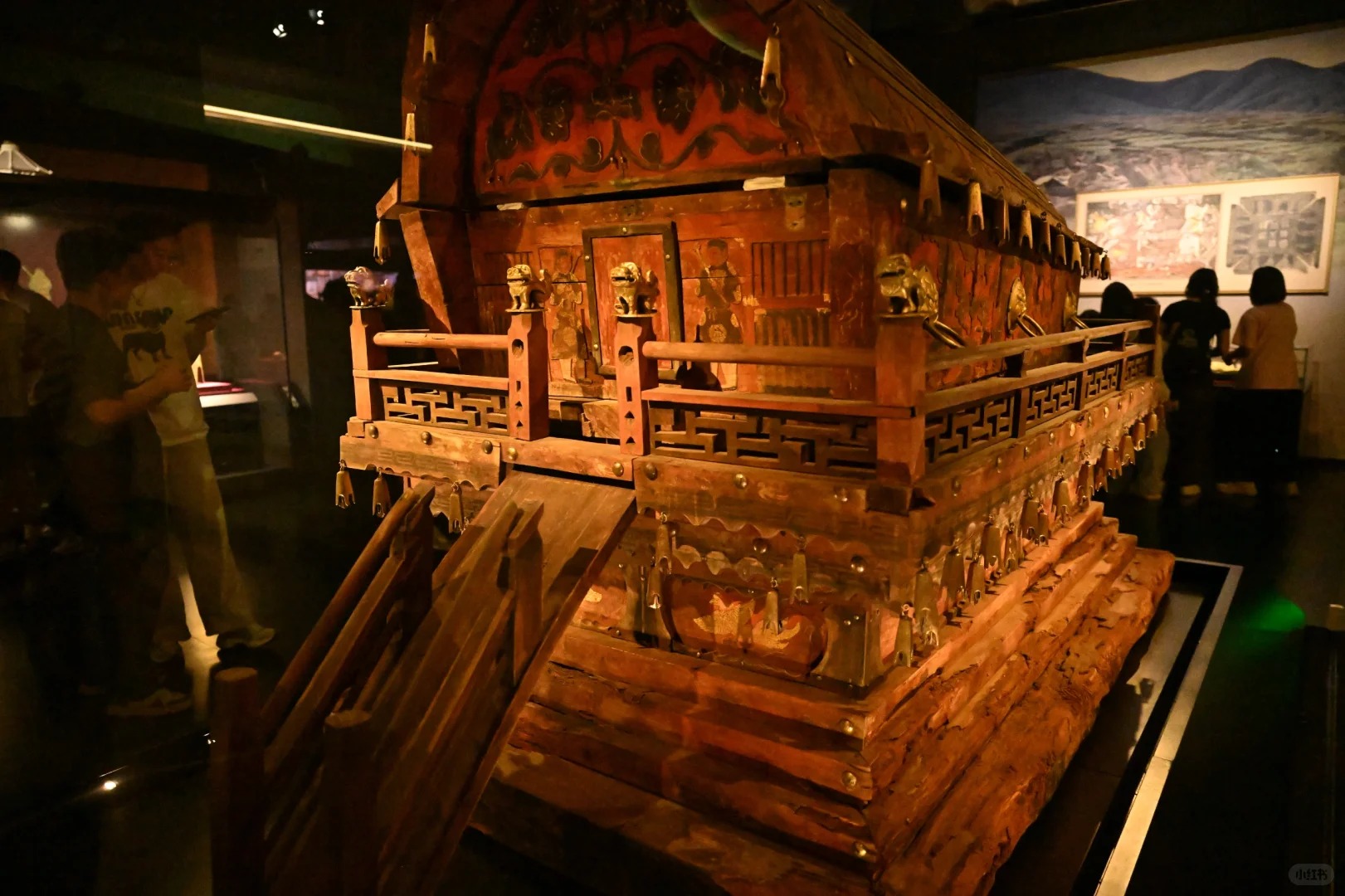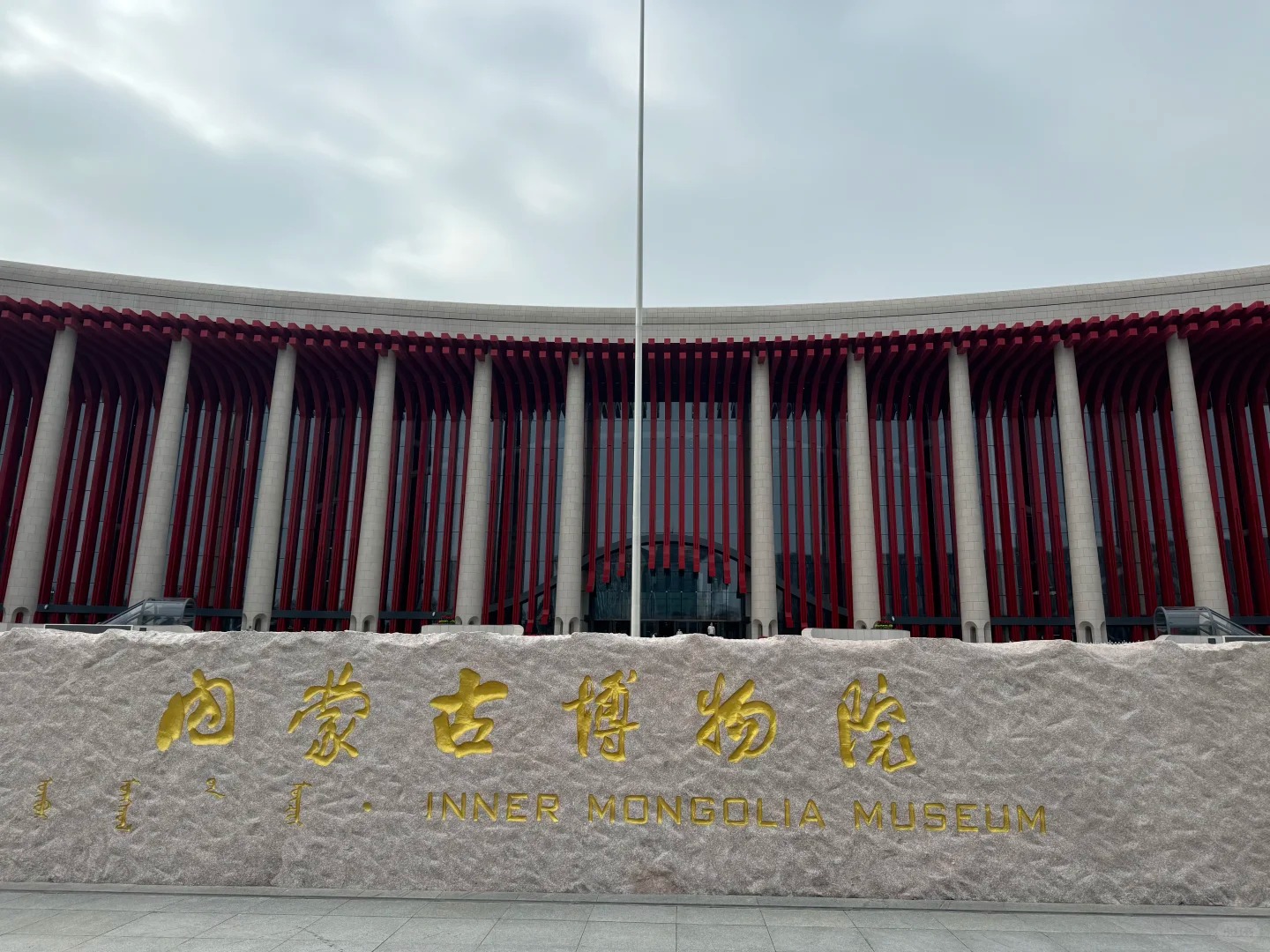Inner Mongolia Museum
Historical Overview
The history of Inner Mongolia Museum dates back to its founding in 1957, initially established to preserve and exhibit the cultural heritage of the Inner Mongolia region. Over the decades, it has grown into a comprehensive museum with extensive collections spanning from prehistoric times to the modern era. The museum has played a crucial role in archaeological research, cultural preservation, and education, hosting numerous national and international exhibitions. Key historical milestones include the discovery of the Xiongnu and Xianbei artifacts, which provide invaluable insights into the ancient nomadic tribes that once roamed the grasslands.
Structural Layout
The museum’s layout is designed to guide visitors through a chronological and thematic journey of Inner Mongolia’s History and Culture:
- Main Exhibition Halls: These halls are divided into sections focusing on different historical periods, including ancient times, the Xiongnu Empire, the Xianbei and Rouran periods, the Mongol Empire, and modern Inner Mongolia.
- Special Exhibition Galleries: These galleries host temporary exhibitions on various themes, such as ethnic costumes, traditional music, and contemporary art.
- Multimedia and Interactive Zones: Equipped with modern technology, these zones offer interactive experiences, including virtual reality tours and multimedia presentations.
- Supporting Facilities: The museum includes a research center, a library, a café, and a gift shop, providing a comfortable and enriching experience for visitors.
Major Attractions
- Xiongnu Gold and Silver Ware: This exhibition showcases exquisite gold and silver artifacts from the Xiongnu Empire, reflecting their advanced craftsmanship and rich cultural heritage.
- Dinosaur Fossils: Inner Mongolia is renowned for its dinosaur fossils, and the museum houses an impressive collection, including complete skeletons of various species.
- Ethnic Costumes Gallery: This gallery displays traditional costumes of different ethnic groups in Inner Mongolia, highlighting their unique styles and cultural significance.
- Ancient Nomadic Tools: A collection of tools and daily utensils used by ancient nomadic tribes, providing insights into their way of life and survival strategies.
- Mongol Empire Artifacts: This section features artifacts from the Mongol Empire, including weapons, armor, and personal items of Genghis Khan and his successors.
Suggested Itineraries
- Quick Visit (1–2 hours):
- Start at the Main Entrance → Xiongnu Gold and Silver Ware → Dinosaur Fossils → Ethnic Costumes Gallery → Exit.
Highlights: Key historical artifacts and dinosaur fossils.
- Start at the Main Entrance → Xiongnu Gold and Silver Ware → Dinosaur Fossils → Ethnic Costumes Gallery → Exit.
- Half-Day Visit (3–4 hours):
- Main Entrance → Xiongnu Gold and Silver Ware → Ancient Nomadic Tools → Mongol Empire Artifacts → Ethnic Costumes Gallery → Special Exhibition Gallery → Exit.
Highlights: Comprehensive overview of ancient and medieval history, plus a special exhibition.
- Main Entrance → Xiongnu Gold and Silver Ware → Ancient Nomadic Tools → Mongol Empire Artifacts → Ethnic Costumes Gallery → Special Exhibition Gallery → Exit.
- Full-Day Visit (5–6 hours):
- Main Entrance → All main exhibition halls → Special Exhibition Galleries → Multimedia and Interactive Zones → Research Center and Library (optional) → Café and Gift Shop → Exit.
Highlights: In-depth exploration of all exhibits, interactive experiences, and additional facilities.
- Main Entrance → All main exhibition halls → Special Exhibition Galleries → Multimedia and Interactive Zones → Research Center and Library (optional) → Café and Gift Shop → Exit.
Ticket Purchase
- Online: Tickets can be purchased in advance through the official Inner Mongolia Museum website or authorized ticketing platforms.
- On-Site: Tickets are also available at the museum’s ticket office, but queues can be long during peak hours.
- Prices:
- General Admission: ¥50 (adults), ¥25 (students and seniors).
- Free Entry: Children under 1.2 meters, disabled visitors, and military personnel.
Transportation
- By Subway: The nearest subway station is Inner Mongolia Museum Station on Line 1. From there, it’s a short walk to the museum entrance.
- By Bus: Several bus routes stop near the museum, including Routes 2, 3, 16, 19, 26, and 72.
- By Taxi: Taxis are readily available in Hohhot, and the museum is easily accessible from most parts of the city.
- Parking: The museum has a parking lot for visitors arriving by car.
Best Time & Tips
- Peak Hours: Avoid visiting between 10 AM and 2 PM, as the museum can get crowded. Early mornings or late afternoons are ideal.
- Crowds: Weekends and public holidays tend to be busier; weekdays offer a quieter experience.
- Weather: Inner Mongolia has a continental climate with cold winters and warm summers. spring (April–May) and autumn (September–October) are the best times to visit.
- Essentials:
- Wear comfortable shoes, as the museum is large and requires a lot of walking.
- Stay hydrated and bring snacks, or purchase food and drinks at the museum café.
- Photography is allowed in most areas, but flash photography is prohibited in some galleries.
- Prohibited items include large bags, selfie sticks, and drones.
Contact Us
What Our Clients Say?
Based on 10,000+ traveler reviews

















